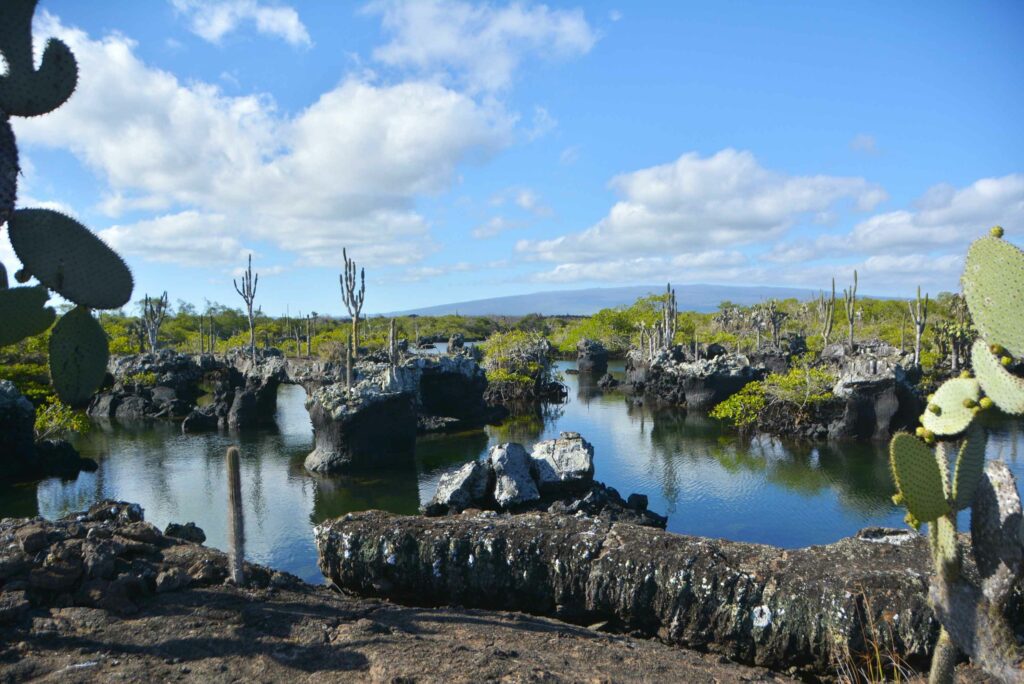Galapagos is an old Spanish word for tortoise. Galapagos Archipelago, is in the top 3 most incredible destinations I have visited around the world. The fact you are constantly surrounded by most wild animals (I love them all) is just breathtaking. I traveled across few of the islands and put together this complete travel guide to Galapagos Islands for solo travelers – it very easy to organize a trip on your own to these distant islands.
Galapagos Islands belong to Republic of Ecuador. They are composed of more than 120 islands, located in the Pacific Ocean 1000 km from the mainland. The population is estimated at only 33 000.
The Galápagos Islands are renowned for their exceptional wildlife and unique ecosystem with fauna and flora found nowhere else in the world.
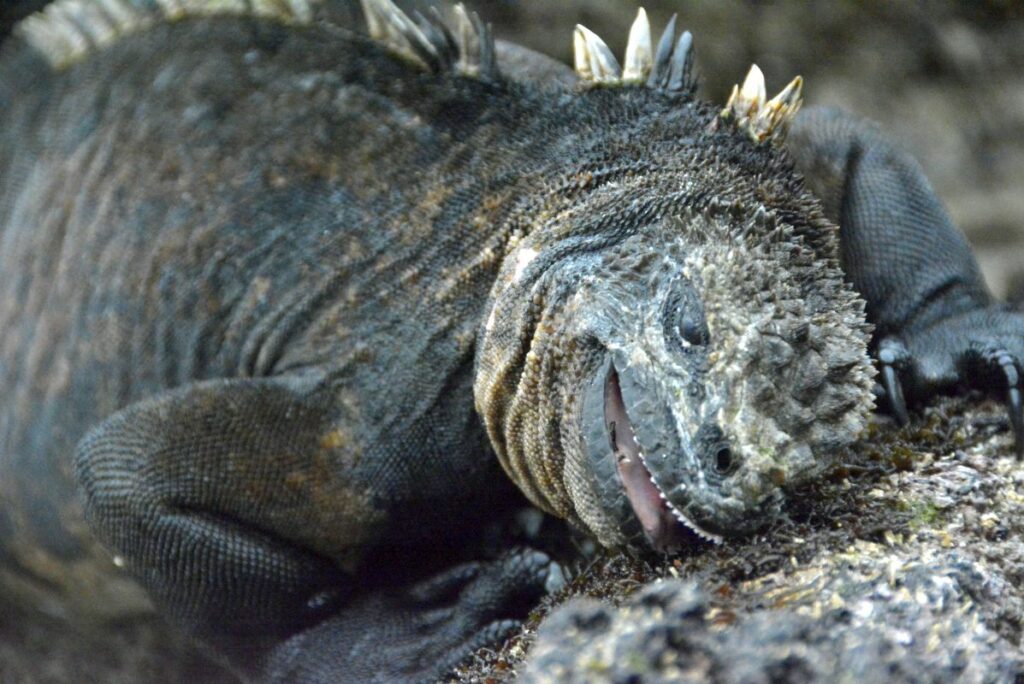
Complete travel guide to Galapagos Islands.
Galapagos Islands are considered a true wonder of this planet, you will find so manythings to do there, it’s a paradise for any adventurer traveler.
Galapagos Islands are covered with breathtaking volcanic landscape, ocean lagoons but most of all they are home for exceptional wildlife – where most of the animals have not developed fear for human. You literally function along with marine iguanas, sea lions and pelicans.
Traveling across the islands is easy – there are speed boats operating between most of the Galapagos Islands.
Additionally you can fly to Isla Isabela, since they built a small airport. Here you’ll find all useful information and guidelines on how to plan and exceute your itinerary to explore all islands safely and full of unique experiences.
Galapagos Archipelago - the Tortoise Islands.
The majority area of the Galapagos Islands remains inaccessible, due to there are no roads and it’s not possible to travel across the island by your own. You will find many signs ‘NO entry’ on many walking trails.
Most of the beaches are lots of restrictions and opening times – which means you will not be able to wonder on a romantic moon walk 😉
There are few things to know BEFORE flying to Galapagos Islands. Major part of Tortoise Islands’ territory is a National Park protected by law. The main three Galapagos islands and most developed are: Santa Cruz (with the airport), Isla Isabela and San Cristobal.
Booking a flight to Galapagos.
The only way to get to Galapagos islands is flying. I booked flights few weeks in advance and paid around $200 for return ticket, check SkyScanner.com for best flight deals. There are many flights available but most of the flights make a stop in Guayaquil.
Flights from Quito (the capital city of Ecuador) to Galapagos Islands take around 2.5h.
Visa to Galapagos Islands.
You would need to pay visa fees (100$, only cash) for an entry fee, as well as 20$ for a travel card. All can be purchased at the airport before the flight.
However there’s no possibility to do on-line check in. Get to the airport 2-3 hours before the fligh to have enough time for all the paper work and entry fee purchase.
The visa office on the airport opens 2 hours before each flight to Galapagos! Neither accommodation confirmation nor travel insurance were needed, although the main Galapagos website says you need to present these confirmations. There are two Galapagos airports on: Santa Cruz (Baltra Island) and San Cristobal Island.

Things you can't bring to Galapagos Islands.
Santa Cruz remains the most developed island from all archipelago. Please note extra charges might apply at the airport. Luckily we didn’t have to pay anything extra but one girl had to pay extra money at the check-in point. She was shocked and asked for an explanation. They said it’s because the on-line prices are for residents, non-residents have to pay extra, but we didn’t have to pay anything.
They are strict environmental protection rules when traveling to Galapagos. They islands are polution and plastic FREE. They spray luggage in the plane before landing in Galapagos. Few things are forbidden to bring to Galapagos Islands – you will have to remove all these from your luggage:
- plastic bags,
- plastic bottles,
- unprocessed food products,
- plant materials.
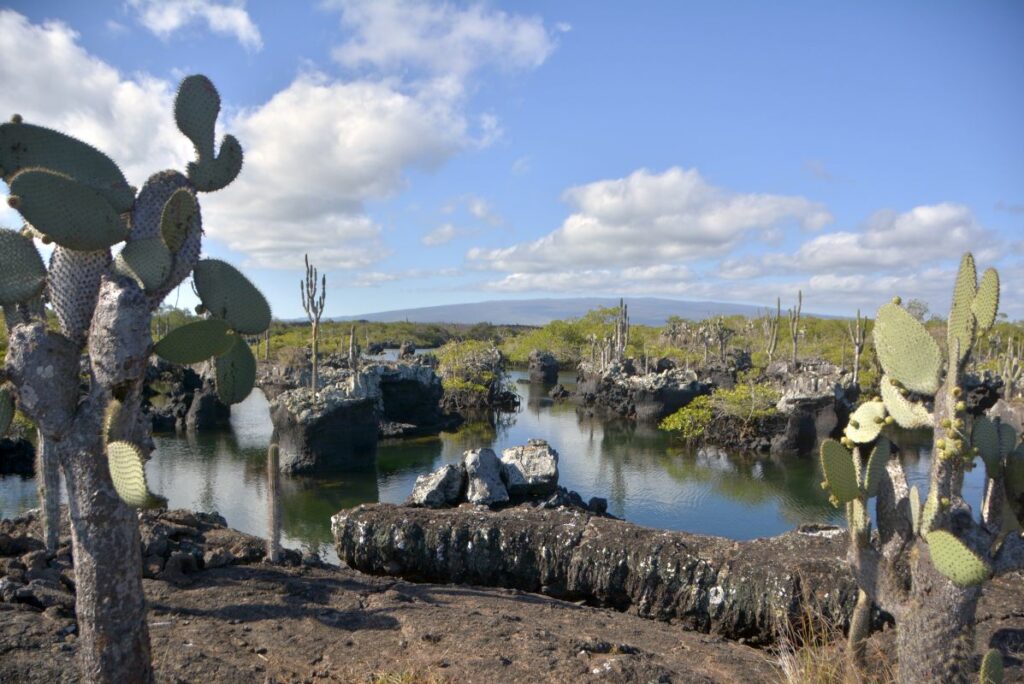
What to bring to Galapagos Islands.
There are few things to bring to the Galapagos Islands:
- Seasickness Medication – speed boats rides between the islands can be rough and a lot of people get sick on a boat.
- Sun lotion & sun glasses.
- Snorkeling equipment – most tour operators offer snorkeling equipment, however carrying your own mask will allow you snorkel in many accessible places around the islands.
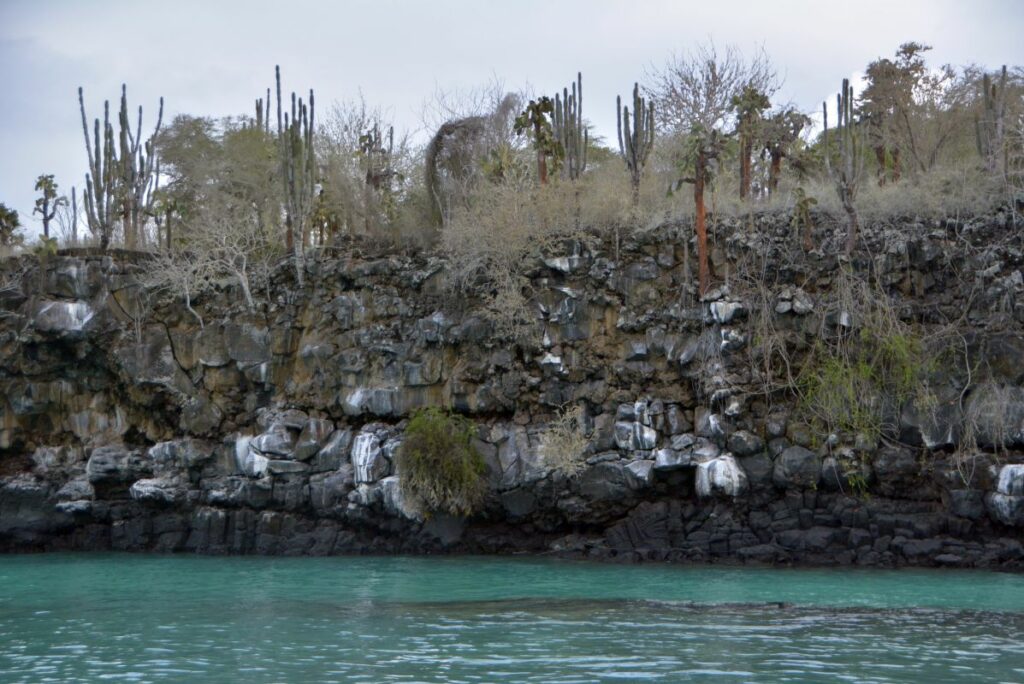
Best time to travel to Galapagos Islands.
The Galapagos Islands has a subtropical climate. The islands are affected by cold ocean currents. In October water was quite cold and air temperatures weren’t spoiling us. But in this travel guide to Galapagos I’ll drop more information on climate and temperatures.
Dry and cool season: July to December with temperature 20-25 Celsius.
Wet and hot season: January-June with temperatures 25-30 Celsius.
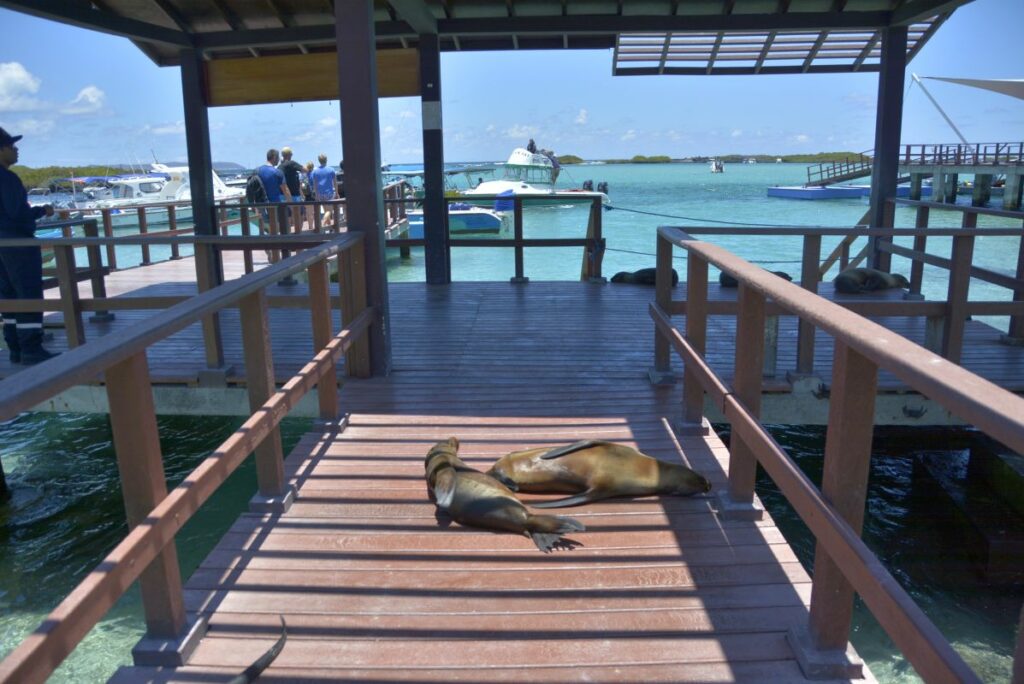
Public Boat transportation between Galapagos islands.
Fast boats are the only way to travel independently between the islands.
- Tickets are easily available in harbour offices and travel agencies in port towns. Prices are between 25-35$ per single ticket/depending on a season.
- Traveling from Santa Cruz to Isla Isabela takes 2h, from Santa Cruz to San Cristobal also 2h.
- THERE ARE NO PUBLIC BOATS between Isla Isabela and San Cristobal.
- The boats run twice a day – depending on a season and weather. You would need to come much earlier in the harbour before a boat departure. There are different companies and there’s only one boarding at a time.
- DO NOT leave your return boat for a last day, as you might get stuck on the island. Boats will not operate if the ocean is too rough, that will leave you on the island withoua possiblity to get out.
- Santa Cruz remains the most developed island from all archipelago. It is possible to take two boat trips in one day. We tried this although you need to know it is quite exhausting – boat rides are rough, lots of people get sick.
Boat schedule in Galapgos Islands.
Fast boats schedule between the islands – please note times might change depending on a season +/- 1 hour. You will have all information on your ticket. Don’t loose it as you might not be on the harbour list! Our agency forgot to pass the information to the list kept in the harbour and we almost didn’t get on board!
Once you get into the port check if you are on the list and collect your pass. Otherwise you won’t get on any boat!
Please note the times might differ depending on a season – e.g. during November some boats are not operating! Generally it’s easy to check with every local agency or in the harbour if there are any changes in schedules.
Galapagos multi-day cruises – prices and how to book.
Galapagos boat cruises will take you around major islands. 4-5 day trips usually cost around $1100-$1500. Basically, in October lots of local agencies had a last minute offer. They say it’s better to book boat cruises in advance via internet.
The only way to visit north-west part of Isla Isabela is going on a boat cruise. I was dying to visit Isla Fernandina and it was not possible by a regular/tour boat.
Galapagos Islands Boats schedule (please double-check on-site for possible changes).
| from | to | departure time | arrival time |
|---|---|---|---|
| Santa Cruz | San Cristobal | 7.00 am | 9.00 am |
| Santa Cruz | San Cristobal | 2.00 pm | 4.00 pm |
| Santa Cruz | Isla Isabela | 7.00 am | 9.00 am |
| Santa Cruz | Isla Isabela | 2.00 pm | 4.00 pm |
| Isla Isabela | Santa Cruz | 6.00 am | 8.00 am |
| Isla Isabela | Santa Cruz | 3.00 pm | 5.00 pm |
| San Cristobal | Santa Cruz | 7.00 am | 9.00 am |
| San Cristobal | Santa Cruz | 3.00 pm | 5.00 pm |
Once you landed in Baltra Airport (Santa Cruz Island).
The airport is located on a small Baltra Island – located on the north of the main Santa Cruz Island. Once you land and collect your luggage, which will be carefully checked by police dogs 😉 a bus will transport you to the main island.
The main town on Santa Cruz is Puerto Ayora – located on the south side of the island. There are plenty of hotels, beach restaurants and service points to accommodate all your needs. You can even take a public bus through the island taking you to Puerto Ayora.
Accommodation in Galapagos Islands.
Santa Cruz is very well developed island and (before covid) there were plenty of guesthouses and hotels to stay in with prices starting from as little as $15-$20. Puerto Ayora is the main town located on the south of the island – I highly recommend spending 1-2 days to settle and meet the island. Marine Iguanas and Sea Lions will greet you at the harbour 😉 Accommodation standard is surprisingly good. Browse here for best accommodation options in Puerto Ayora.
The first night we spent in a jungle bungallow in the middle of Santa Cruz – it’s always a great experience but it was a rainy night and to be honest it’s much more fun to stay in Puerto Ayora exotic surrounding.
In Puerto Ayora we stayed in 4 starts Hotel Crossman (on the right photo above) – highly recommended.
If you are looking for a Mid-range accommodation, here are few great options:
5 STAR RESORTS:

Currency exchange in Gapagos Island.
The official currency in Galapagos Islands is the US Dollar. There are exchange points in main hotels on the islands, however it is best to bring cash. ATM’s are not accessible on every island.
Card payments are accepted in most hotels and restaurants but only in developed cities. All the rest will accept cash only.
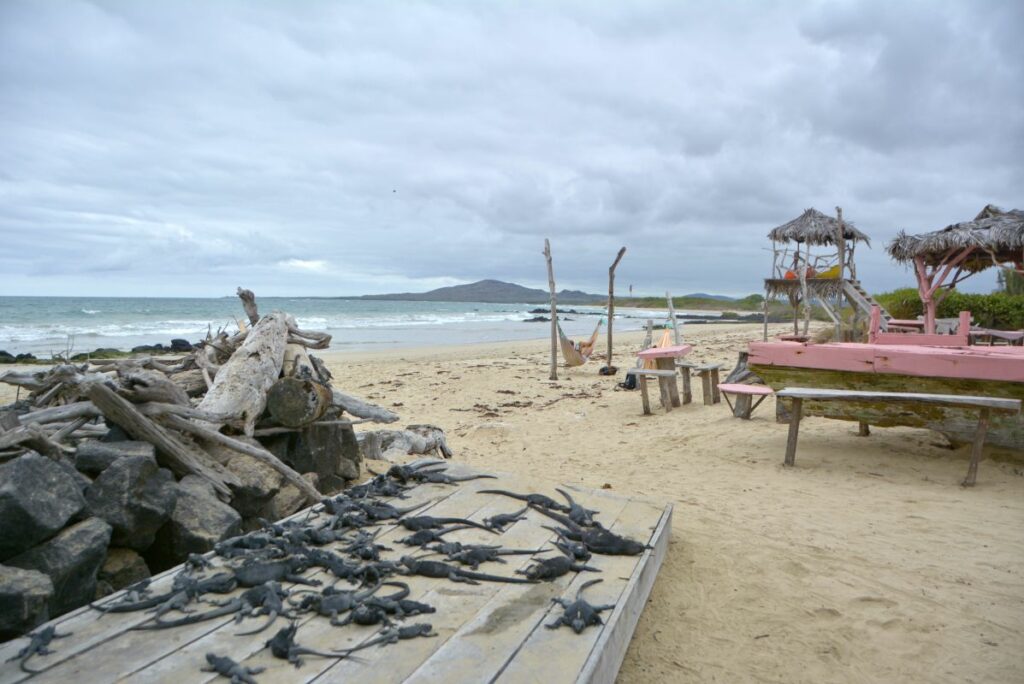
Food in Galapagos Islands.
Galapagos food is exceptional! You’ll find a variety of dining options showcasing local flavors and fabulous sea food.
Here are some popular foods you must try while visiting the Galápagos Islands:
- Fresh Seafood: Being surrounded by the ocean, the Galápagos Islands offer an abundance of fresh seafood. You can indulge in dishes made with locally caught fish, such as red snapper, grouper, and tuna.
- Grilled Lobster – must try on a local market! Best only with butter and garlic – price $30.
- Ceviche (best ceviche in whole Galapagos is in Puerto Ayora harbour restaurant!) – a popular dish made with raw fish or seafood marinated in citrus juice. Ceviche is commonly available in most dining places.
- Plantains and Tostones: Plantains, a type of banana, are a staple in Galápagos cuisine. They are often prepared in various ways, such as fried tostones (crispy plantain slices) or patacones (mashed plantains formed into patties and then fried). These make for tasty snacks or side dishes.
Galapagos - the volcanic islands.
Volcanic activity heavily contributes to the unique landscape of Galapagos Islands. As the plates gradually move some of the islands are sinking while other are uplifting.
Almost all volcanoes on Galapagos islands are active. All the islands are among protected eco system. The income from entry visa fee primarly supports environment protection and animal conservation actions.
Local scenery – most of the inhabitants are quite poor. The citizens enjoy the steady revenue from tourism businesses from tour operators, restaurants, pubs, boat trips, guesthouses.

Santa Cruise Island.
Santa Cruz is the main and most developed islands of Galapagos Archipelago. Check here for Best things to see in Santa Cruz in Galapagos.
Take a Bay tour in Santa Cruz – great way to explore and enjoy the exceptional wildlife.
There’s an international Seymour Airport on Baltra Island, located 5 minutes drive from the main Santa Cruz Island.
In Santa Rosa, a small town in the middle of Santa Cruz island, people are enjoying simple but peaceful life. We went on a day trip acros the island using only public transport – there is a local bus – just ask the residents. We stopped for a coffee in Santa Rosa, the locals are very friendly.
We noticed that majority of inhabitants suffer from different disabilities. It might be a result of procrastination in a small community.
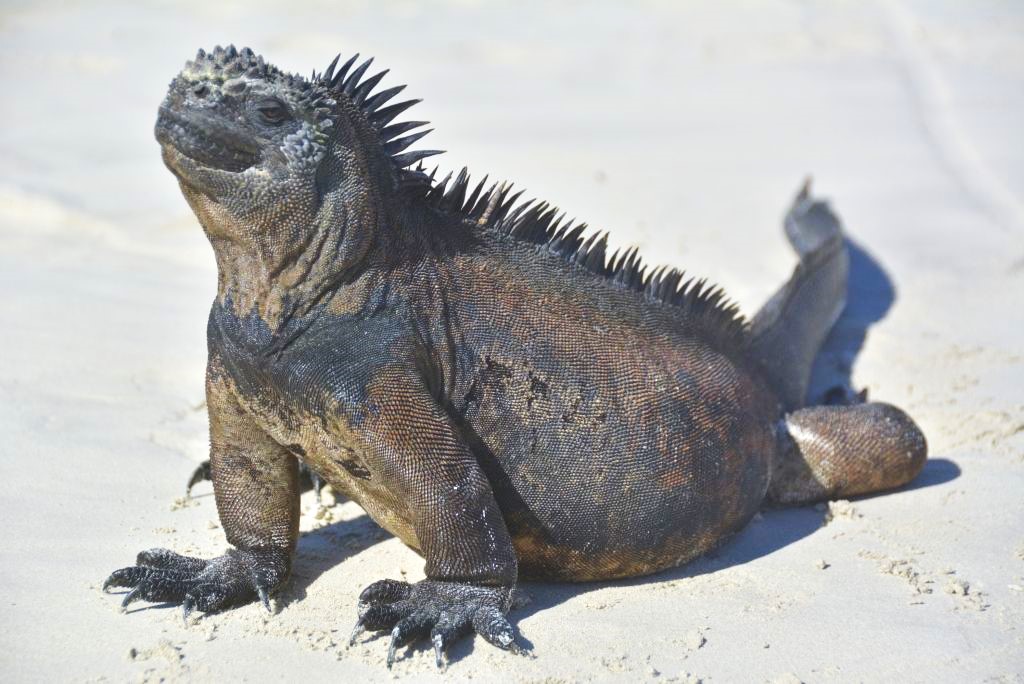
Isabela Island.
Isabela Island is the largest island of galaogos Archipelago. Check my travel guide to Galapagos Islands – for best Activities to do in Isla Isabela.
Isla Isabela is still very unexplored. There are two ways to get to Isla Isabela – by speed boat and by small plane from Santa Cruz.
The main town is Puerto Villamil on the south of the island with convenient hotels, restaurants and beachfront bars.
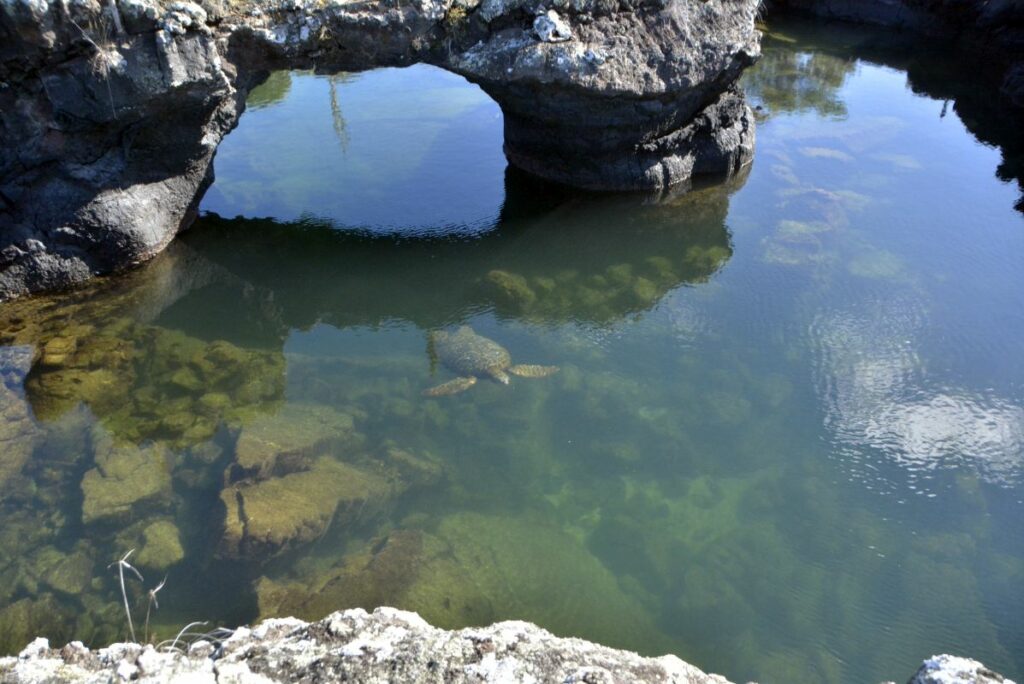
San Cristobal Island.
San Cristobal is quite popular touristic destination in Galapagos. It’s a paradise island with stunning white sand beaches, where you can swim, snorkel and surf among exceptional wildilfe.
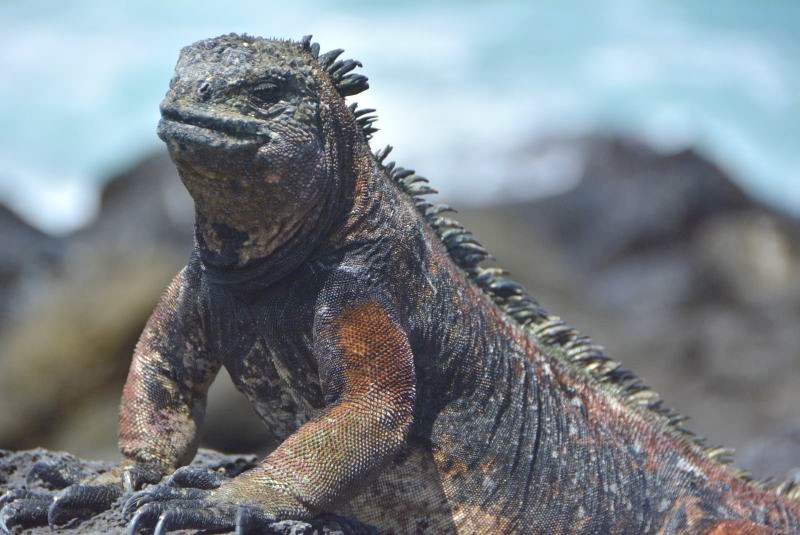
Galapagos exceptional wildlife.
Due to its remote location, Galapagos has its own unique wildlife.
Exceptional wildlife that has evolved with little human presence caused the animals have never developed a natural fear for humans.
There is a rule to keep at least 2 metres distance from every animal.
Giant turtles of Galapagos Island.
Tortoises arrived from the mainland to the Galápagos Islands about 3 million years ago. The Galapagos giant tortoise spends an average of 16 hours per day resting. The rest of their time is spent eating grasses, fruits and cactus pads. In XVIII century the pirates redounded the population of giant tortoises decreased significantly. It’s because the tortoises provided a source of fresh meat which could be kept alive on a ship for several months without any food or water. Later in 1978 volcanic eruption destroyed almost all life on Isla Isabela. Only few turtles were rescued, thankfully most of the last 30 appeared to be males and withing couple of years they managed to reproduce hundreds of new representatives of this unique species.
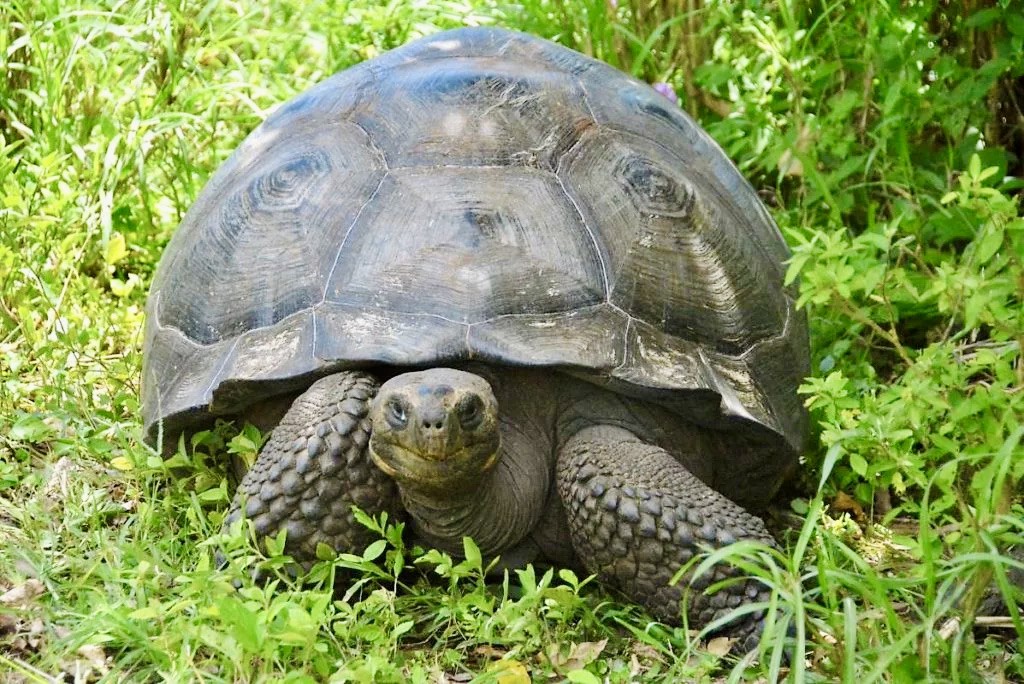
Incredible Galapagos Marine Iguanas.
The only iguana in the planet adopted to live on the land and sea environment lives in Tortoise islands. Thanks to it’s nasal glands the salt is filtered from their bodies and pumped out through their noses. Marine iguanas can be found on most of Galapagos islands.
During a day they warm on a rocky shore to cumulate the energy and swim in cold ocean on the afternoon for a supper consisting mostly seaweed and algaes from the rocks. Marine iguanas are great swimmers and while diving they can hold their breath for a very long time, over 40 minutes. Their colour is exactly the same as surrounding lava. It’s probably because the dark colour absorb the sun light.

Blue booby & green turtles.
Young boobies have light blue legs. The blue feet are attractive to females, so foot colour appears to be a sexually selected trait. Galapagos islands is an area largest concentration of Blue Boobies.
Galapagos green turtles is similar to Pacific green sea turtles. They say similar as it only lives around the archipelago. Go snorkeling anywhere and you’ll see plenty of these. Especially when snorkeling in Isla Isabela west coast. I had 3 of them around me at the same time.
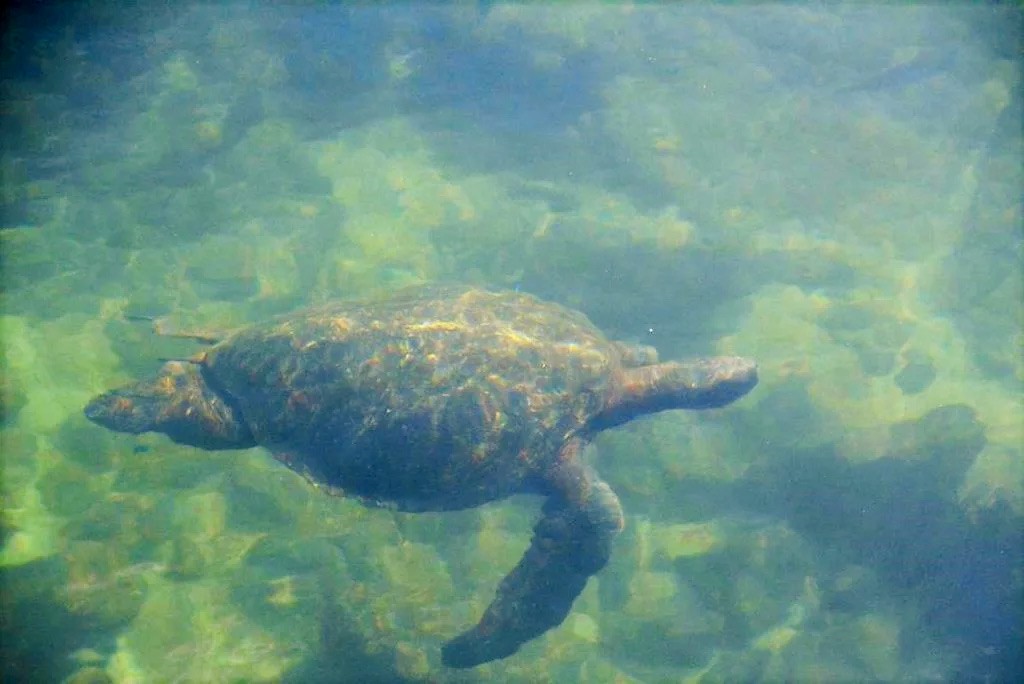
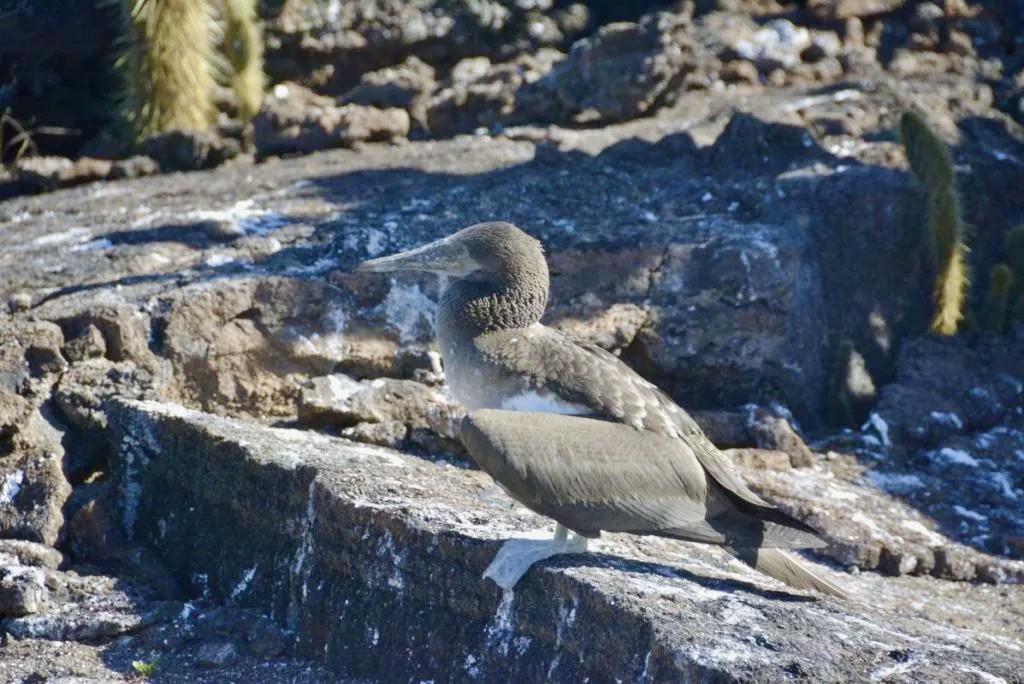
Sea lions & Sally lightfoot crabs.
Sea lions are delightful! Particularly sleeping everywhere across the islands, benches, beaches, boats. They move around on land by propping themselves on their front flippers. Watch my swimming with these exceptional animals.
Surely one of the most colourful crabs I’ve seen so far. They are everywhere across the shores. Their characteristic red and blue colour and again they are not too much afraid of humans. This crab is not considered edible for humans.
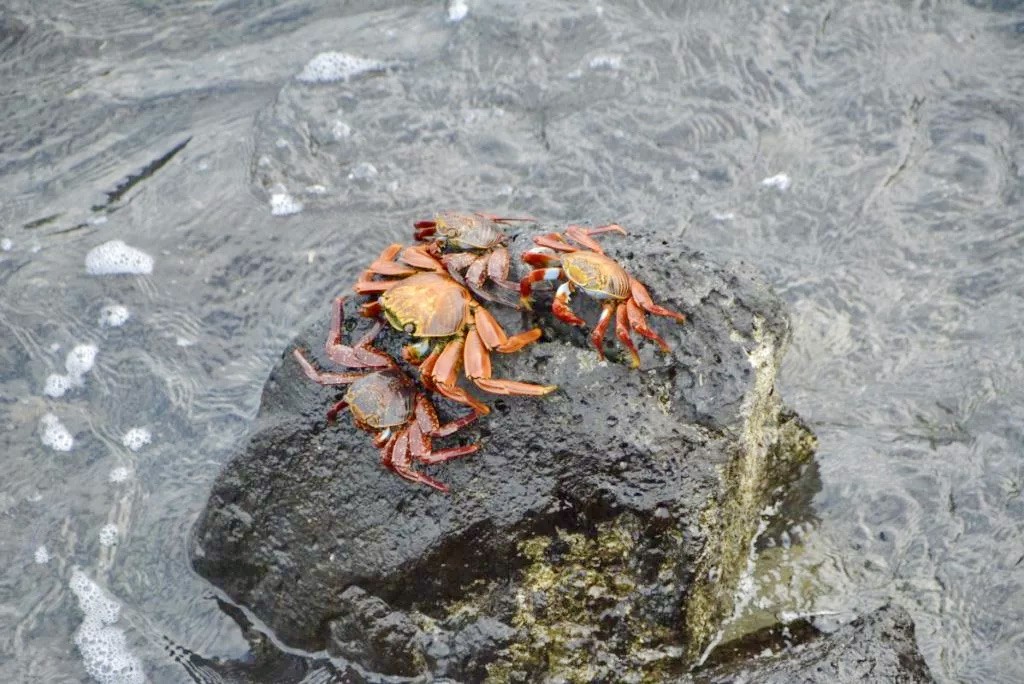
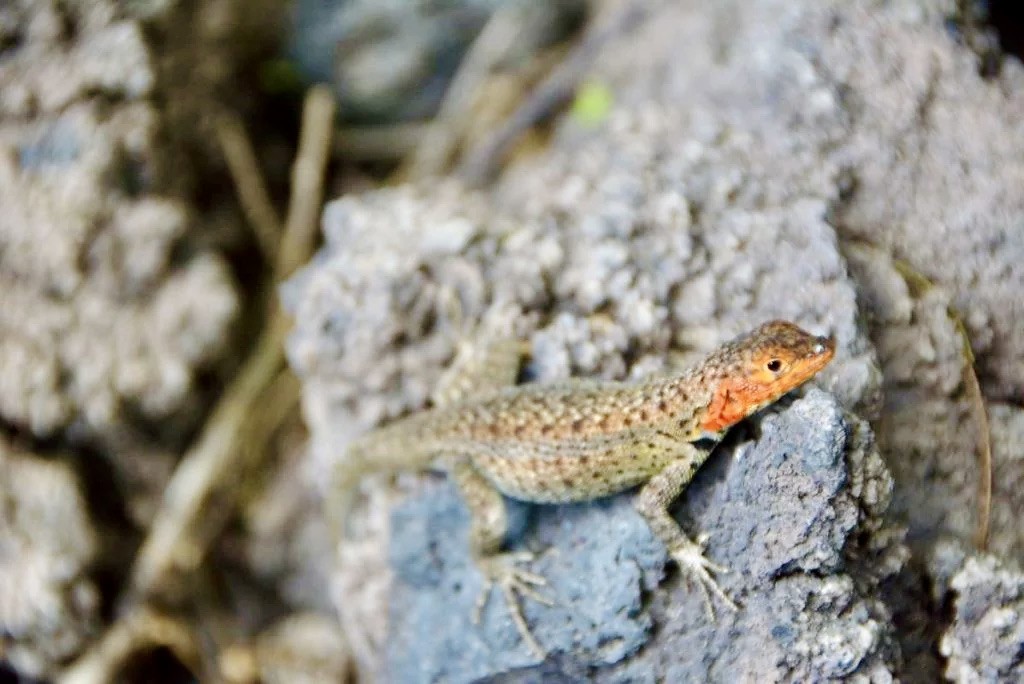
Best diving and snorkeling spots in Galapagos.
Isla Isabela: Concha Perla in Puerto Villamil. West coast of the island on Lava tunnels tour.
Santa Cruz: Tortuga bay near the mangroves. Surprisingly one of the most amazing snorkels from the beach.
Las Grietas – one of the most popular snorkeling spots of the island.
San Cristobal: La Loberia beach. Taxi taking from the harbour 2$ per person. A very nice cliff walk, amazing beaches. The sea was to rough to snorkel when we were there. Only the small beaches along the cliff walk were ok.
Puerto Chino, 25 minutes drive from the main harbour. Beautiful beach and nice snorkeling spots.
Half of the trip I spent scuba diving and it was one of the most exotic underwater adventures in my entire diving career. You absolutely have to go scuba diving or diving in Isla Isabela to see sleeping sharks, octopus, sea turtles and sea horses – most beautiful marine life in the whole planet!
Things to do in Galapagos Islands.
My advise would be take fast boats to travel between the islands and book tours to visit places you can’t get on your own. This is exactly what I did, I booked few local tours to explore lava tunnels and go for few amazing scuba diving tours.
- Scuba diving tours
- Volcano hiking tours
- Galapagos Islands highlights – few-days tours
- Explore incredible marine life and giant turtles.
Do's & Don't's in Galapagos.
Do’s:
- keep 2 metres distance from the animals.
- stitch to the paths where you are able to walk alone
- be there for early morning or late evening to observe unique species
- enjoy one of the best sea food in the world
Do not:
- touch the animals, don’t try to catch them
- pick up any fruits or flowers – it’s a wild area and some them are highly dangerous to your health
- chase animals
- bring plastic to the island
- through out trash
- fee the animals, it can destroy animals natural breading habits
- swim in open sea, the currents can be incredibly strong
- act loud
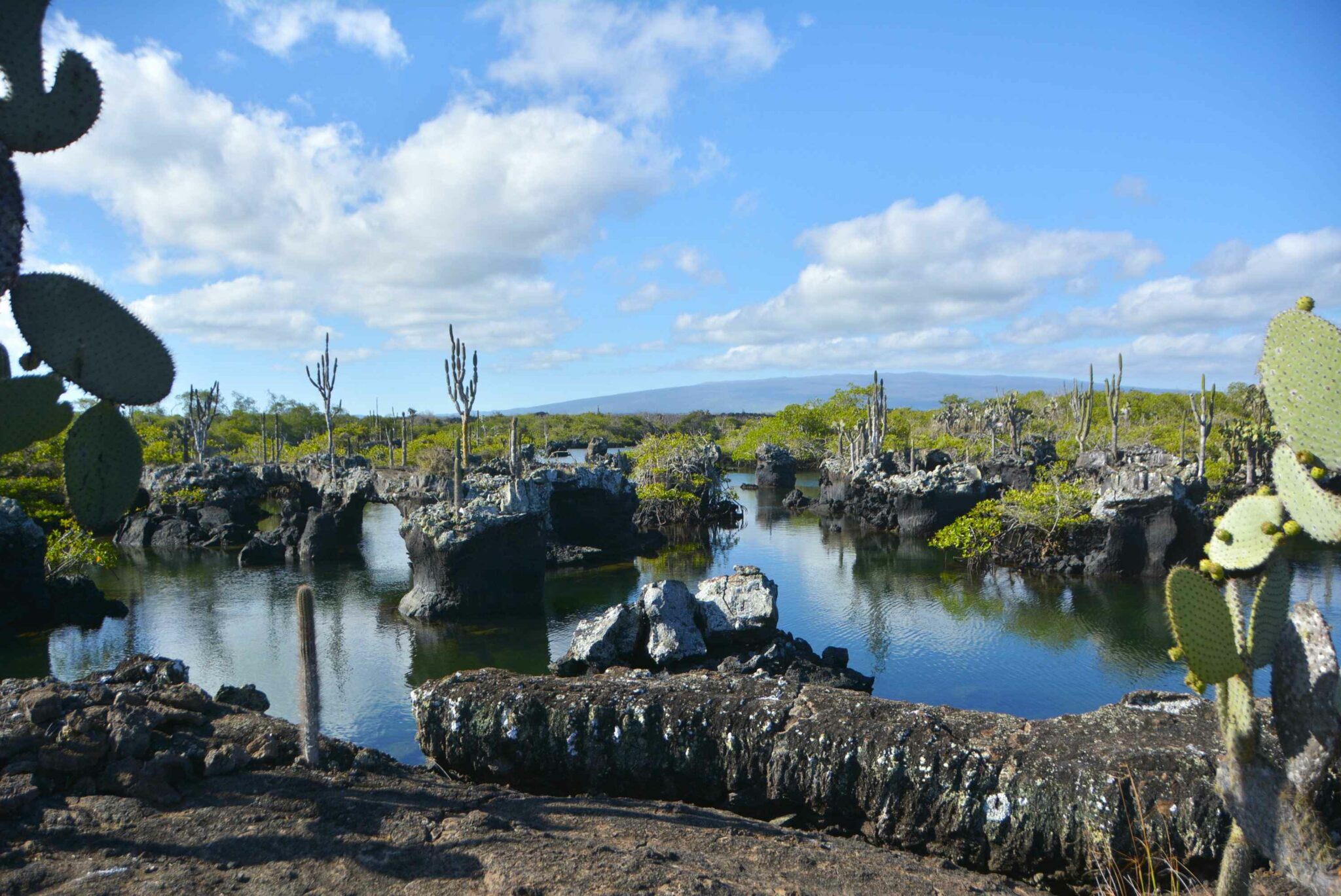
Snorkeling in Isla Isabela in the caves of Los Tuneles in Galapagos.
Snorkeling in Isla Isabela in Los Tuneles is absolutely out of this world adventure! These underwater lava tunnels are located
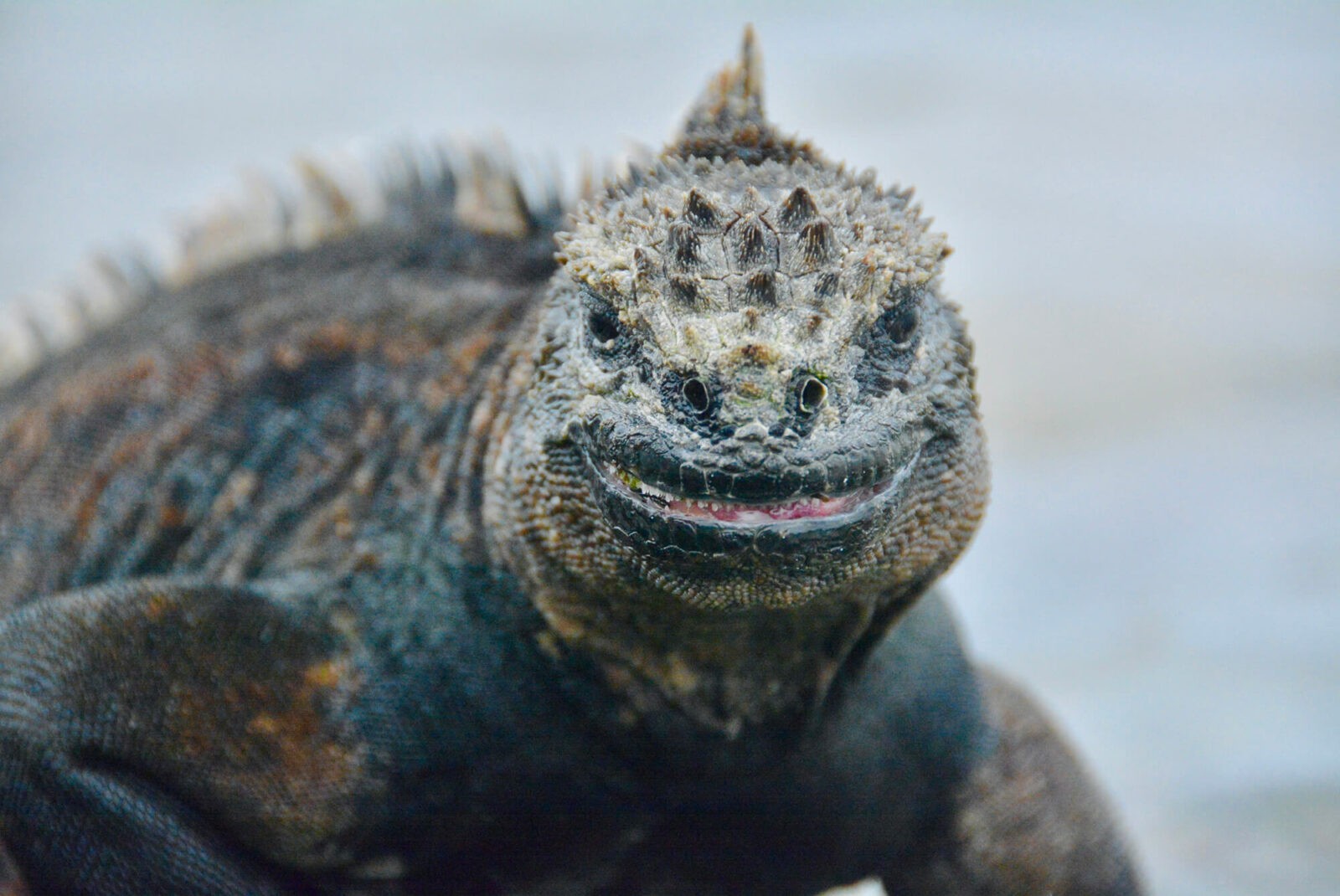
Incredible tours and activities on Isla Isabela in Galapagos – a home of exceptional wildlife and volcanic landscapes.
Galapgos Islands are in the top 3 destinations I have visited when traveling the world. They are exceptional in every
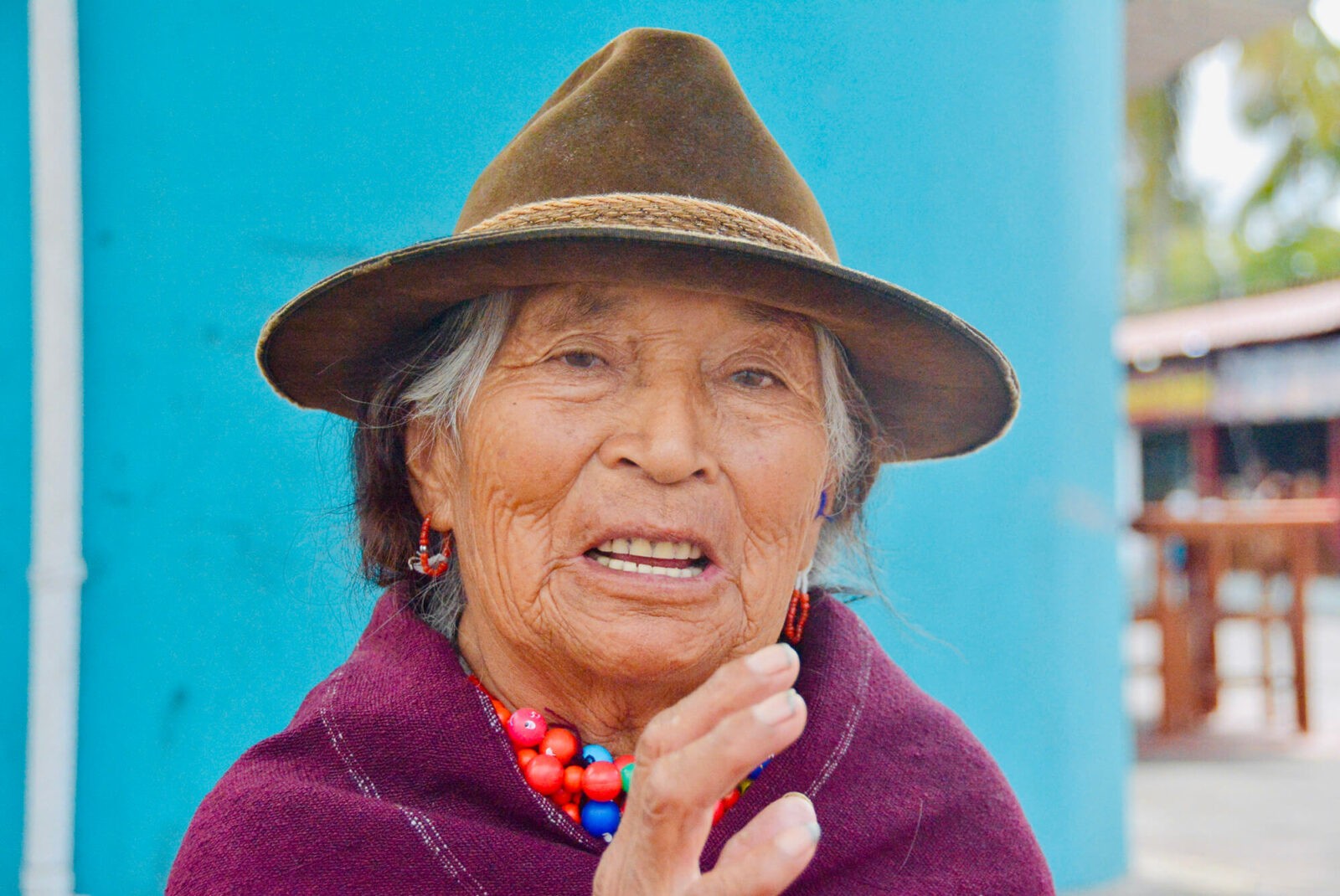
Best things to see in Santa Cruz in Galapagos Islands.
Galapagos Archipelago is truly remarkable destination. The Islands are renowned for their unique and distinct features and incredible wildlife. The


